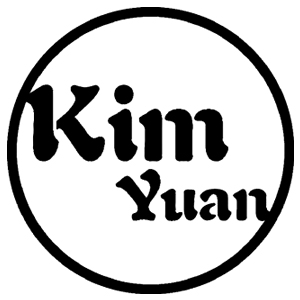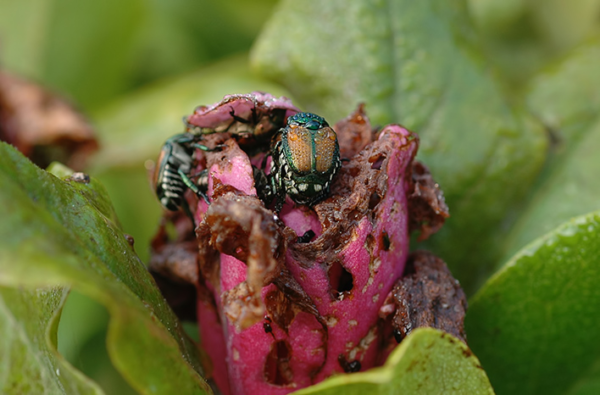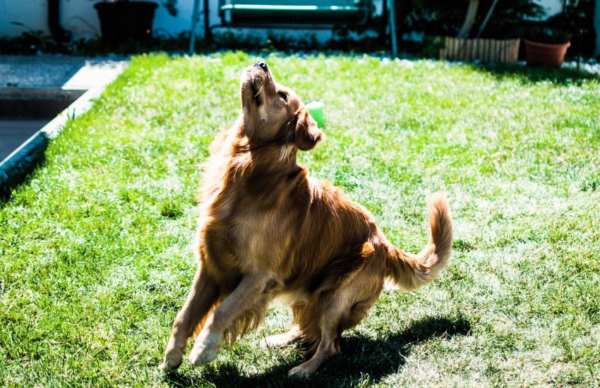A New Rose Garden at My Farm
One thing I love is the intoxicating scent of a garden rose – especially an English rose.
Earlier this year, I designed a new garden behind my main greenhouse not far from my raspberry bushes. This space had previously been used for planting dahlias, but I decided it would be an excellent area for planting a variety of David Austin roses. Every gardener and rose expert is familiar with the rose hybridizer, David Austin, who started as a hobby breeder when he was a teen and went on to breed a collection of roses renowned around the world. His specimens have exquisite blooms and the most alluring fragrances. My new rose garden was first planted in late May – you may have seen glimpses of it on my show, “Martha Gets Down and Dirty” on Discovery+. And this week, so many of the roses are blooming.

Enjoy these photos.Last May, we prepared a large bed for my new rose garden. The area was cleared of old plant roots and weeds, rototilled, and then fertilized. Finally, all the holes were dug for our new rose plants.The David Austin roses came bare root meaning just that – loose with nothing around their roots. They were all placed in trug buckets filled with water. When working with bare roots it’s important to soak the whole plant – roots and shoots – for several hours or even overnight before planting. Never let the roots dry out.Within the next couple of days, all the roses were planted in neat, tidy rows.Around the entire perimeter of the garden, we planted foxglove. Foxglove, Digitalis purpurea, thrives in full sun to partial shade to full shade, depending on the summer heat. They will thrive in this space.At the front of the garden bed, I decided to plant two large boxwood shrubs gifted to me by my friend, George Bridge, who first introduced me to boxwood more than 15 years ago. Please go to his web site to learn more about his farm, his amazing collection of plants, trees, and boxwood, and his wonderful landscape design business.And here is the rose garden now. The plants are still small, but every one of them has at least one beautiful blooming rose.This is ‘Carding Mill.’ The full blooms are a blend of pink, apricot, and yellow, giving the overall impression of orange. They also have a wonderful fragrance close to myrrh.‘Vanessa Bell’ opens to medium-sized cups of pale yellow, lightening to white at the edges. At the center, each bloom has a rich yellow eye. The fragrance is similar to green tea with hints of lemon and honey.This rose is called ‘Tottering-By-Gently.’ This variety has simple single flowers in soft yellow with golden stamens. Paling prettily over time, they have a light musky scent, with notes of orange peel. ‘Tottering-By-Gently’ flowers freely, repeating regularly throughout the summer.This David Austin rose is just beginning to open. Called ‘Lichfield Angel,’ this flower’s pale peachy pink buds gradually open to form neatly cupped, cream rosettes. Each bloom has a perfect ring of waxy petals enclosing numerous smaller petals. Eventually the petals turn back to form a large, domed flower.‘Jubilee Celebration’ is bold with large, domed, coral-pink flowers held elegantly above the foliage on graceful, arching stems. This cultivar has a strong, delicious fruity fragrance with hints of fresh lemon and raspberry.‘Queen of Sweden’ has exquisite little buds open to half-enclosed cups, eventually becoming wide, shallow, upward-facing blooms of soft-apricot pink, gradually changing to pure soft pink over time.And look at the foxglove. This plant forms a tight rosette of simple, coarse leaves with prominent veins. The ovate to lanceolate leaves with barely noticeable rounded teeth on the margins grow on a winged petiole. The alternate leaves, up to a foot in length, are covered with gray-white hairs.A couple of the foxglove plants are also blooming. Each plant usually has a one-sided raceme with 20 to 80 flowers.The downward-facing blooms are tapered and tubular with four lobes. Each 1½ to 2½ inch long pink, purple or white corolla has long hairs inside and is heavily spotted with dark purple edged in white on the lower lip, which serves as a landing platform for pollinators. The flowers are visited by bees – primarily bumblebees – which climb deep into the flower tube to get the nectar inside.Another beautiful David Austin rose is ‘The Poet’s Wife,’ which bears rich yellow flowers that pale over time. The form has an outer ring of petals enclosing more petals. There is a strong, wonderfully rich fragrance with a hint of lemon, which becomes sweeter and stronger with age.‘Eglantyne’ is a David Austin favorite. It has perfectly formed, soft pink blooms with a charming, sweet Old Rose fragrance.This is ‘Princess Alexandra of Kent’ with its unusually large, bright pink flowers that are full-petalled and deeply cupped. It features a strong fresh tea fragrance, which changes to lemon, eventually taking on hints of blackcurrants.And here is ‘The Alnwick Rose’ – with broad, full-petalled shallow cups of soft to rich pink.‘Brother Cadfael’ bears large, globular, clear pink flowers, reminiscent of peonies. They have a particularly strong and rich Old Rose fragrance.‘Lady of Shalott’ shows chalice-shaped blooms with loosely arranged, orange petals. The surrounding outer petals are salmon-pink with beautifully contrasting golden-yellow undersides. It gives off a pleasant, warm tea fragrance, with hints of spiced apple and cloves.And a perfect white rose named ‘Tranquillity.’ This one has beautifully rounded flowers, with neatly placed petals making up the rosettes. The buds are lightly tinged with yellow but as the flowers open they become pure white. I hope you have at least one David Austin rose in your garden. If not, I encourage you to get one, or two, or even three – they’re exquisite.








